Where: Final Location – The Botanic Garden in Edinburgh
When: Single Day – Just after the storms had finished on the east coast of Scotland.
How: First of all I made sure that I fully understood the brief of the Assignment by rereading the text. The then thought about what kind of article and images I wanted to produce, I spent a few days on line at the National Library of Congress of America looking at scanned copies of books by Edward S Curtis on Native Americans [1], Ansel Adams books and images of Americans of Japanese descent who were interred in America during World War 2 [2], I also looked at scanned images and articles at theAtlanic.com [3] and two articles on Military Working Dogs at foreignpolicy.com [4].
Looking at these gave me a few ideas to work on and also a lot to think about regarding the producing of images and how these photographers had an influence on me.
I had originally gone to the garden to do a social documentary comparing the botanic garden and the council owned park right next to it, as they are vastly different to each other. However I did not like the images that I produced of the park and I could not get a good comparison of the two locations. I then decided to document the Botanic garden as a location of interest as it an unusual place located in the heart of the city; again I had problems not only due to the fact that some of the gardens facilities were either closed or not working and also due to the fact that due to my limited mobility I could not get to all the locations within the Botanic Garden.
I then went round the garden again and noted the many differences in the buildings dotted around the location, I then decided to work on the idea of the evolution of the garden as it moved into the 21st century very much like the National Museum had done when it reopened a month earlier.
I was surprised to find when I started to dig, how much the garden had changed and evolved just at this location.
D80,Aperture f/13, Shutter Speed 1/90 sec, ISO 640, 70mm (35mm equivalent 105mm), Pattern Metering Mode, Daylight White Balance, Hand Held, 18-70mm lens
In 1834 the tropical palm house which is now the smaller palm house was constructed to house a number of tropical palm trees; each of which has been culled when it reaches the roof of the palm house to make way for the smaller trees. Sections of previous palm trees are kept just outside the entrance of the palm house for the public to examine.
D80,Aperture f/13, Shutter Speed 1/125 sec, ISO 640, 18mm (35mm equivalent 27mm), Pattern Metering Mode, Daylight White Balance, Hand Held, 18-70mm lens

D80,Aperture f/19, Shutter Speed 1/180 sec, ISO 640, 27mm (35mm equivalent 40mm),Pattern Metering Mode, Daylight White Balance, Hand Held, 18-70mm lens

Part of the redesign was to reuse to original stone benches which now use temporary displays of flowering plants which would normally be kept out of public view in the research and support areas.
Here a pale rose is nestled amongst a collection of citrus plants all of which are sheltered in the shadow of a large palm tree.
Here a pale rose is nestled amongst a collection of citrus plants all of which are sheltered in the shadow of a large palm tree.
D80,Aperture f/13, Shutter Speed 1/90 sec, ISO 640, 52mm (35mm equivalent 78mm), Pattern Metering Mode, Daylight White Balance, Hand Held, 18-70mm lens

The temperate palm house is now under maintenance to keep it in good condition. Glass that was broken in the recent storms is being removed by hand before being replaced with identical glass which is becoming harder to source.
D80,Aperture f/6.7, Shutter Speed 1/1500 sec, ISO 640, 34mm (35mm equivalent 51mm), Pattern Metering Mode, Daylight White Balance, Hand Held, 18-70mm lens
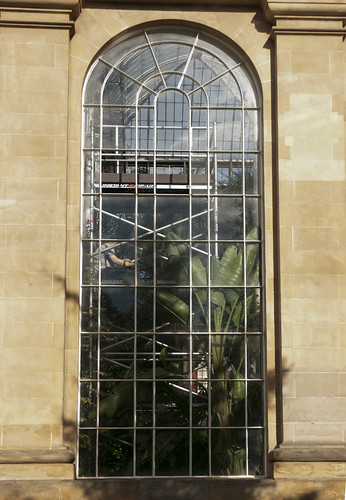
In 1960s it was recognised that the original Victorian palm houses were in poor condition. It was decided that they should be restored to good condition and that 10 new glasshouses were to be built completed linking all the houses together. In 1967 this was completed and the new houses held a collection of plants in different environmental conditions.
D80,Aperture f/4 , Shutter Speed 1/750 sec, ISO 640, 18mm (35mm equivalent 27mm), Pattern Metering Mode, Daylight White Balance, Hand Held, 18-70mm lens

The radical design of these new glasshouses allows for maximum internal area as the entire structure is supported on the outside.
D80,Aperture f/6.7 , Shutter Speed 1/2000 sec, ISO 640, 105mm (35mm equivalent 157mm), Pattern Metering Mode, Daylight White Balance, Hand Held, 105mm lens

The main elevation the new glasshouses is called the Front range providing visitors with a pleasant, quiet space. The planting and is regularly rotated to provide continuing interest.
D80,Aperture f/6.7 , Shutter Speed 1/3000 sec, ISO 640, 105mm (35mm equivalent 157mm), Pattern Metering Mode, Daylight White Balance, Hand Held, 105mm lens
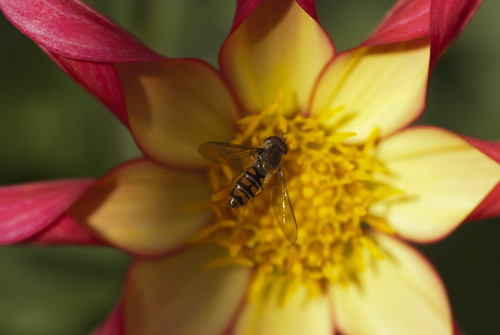
In 1876 the gardens acquired the area surrounding Inverleith house. This was at first used as a home for the regius keeper and his family.
D80,Aperture f/19 , Shutter Speed 1/180 sec, ISO 640, 27mm (35mm equivalent 40mm), Pattern Metering Mode, Daylight White Balance, Hand Held, 18-70mm lens
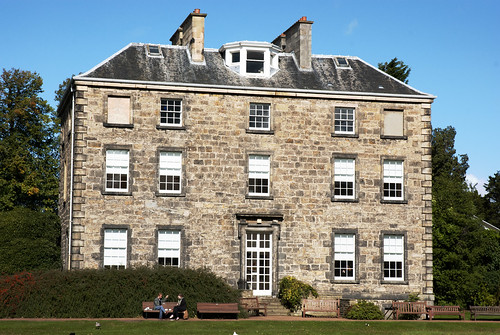
It also has undergone several incarnations and between 1960 and 1984 was the founding house of the Scottish National Gallery of Modern Art. It is now an internationally recognised art gallery and it houses a continuous rolling programme of temporary exhibitions.
The landscape surrounding Inverleith house has been reworked and landscaped to create a view looking south out towards the rest of the city silhouetting the castle, St Giles and St Andrews Square.
D40X Converted to IR, Aperture f/9 , Shutter Speed 1/1600 sec, ISO 800, 35mm (35mm equivalent 52mm), Pattern Metering Mode, CustomWhite Balance, Hand Held, 18-70mm lens
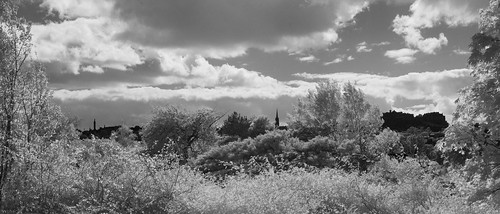
The garden itself which has now grown to an 80 acre site is constantly monitored by the staff and researchers to ascertain the condition of the plants, from pine trees to alpines. The horticulture staff maintains the garden to ensure the plants are in good condition
D80,Aperture f/6.7 , Shutter Speed 1/4000 sec, ISO 1000, 105mm (35mm equivalent 157mm), Pattern Metering Mode, Daylight White Balance, Hand Held, 105mm lens

In the last five years the garden has undertaken another evolution when the west gate buildings were cleared and the construction of a new entranceway was started. The John Hope gateway was opened in 2009 not only as the new main entrance for the public, The building also houses other facilities including an improved Shop, education room, a Real Life Science Studio, permanent and temporary exhibitions, interactive media, plant sales and Gateway Restaurant
The gateway was named after Professor John Hope regius keeper of the garden from 1761 to 1786 who was responsible for unifying the differentiates sites into the first botanic garden at its original site on Leith walk.
D80,Aperture f/22, Shutter Speed 1/45 sec, ISO 1000, 15mm (35mm equivalent 22mm), Pattern Metering Mode, Daylight White Balance, Hand Held, 11-16mm lens
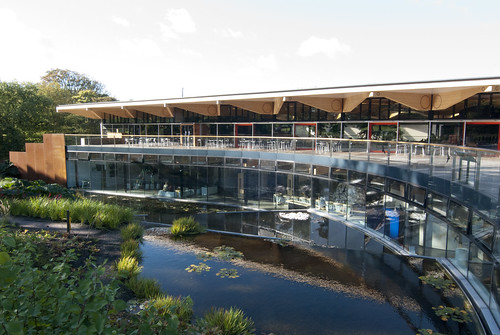
Summary
It was a bit of a problem to begin with as at the start none of my original ideas worked out or when I went to scout locations they images I had planned to take just did not work out. I was pleased to find that I just did not start banging off with the camera taking hundreds of images in the hope that I would get something workable. I took my time and planned and replanned on the day when things did not work using the original plan as a structure to work from.
References

No comments:
Post a Comment